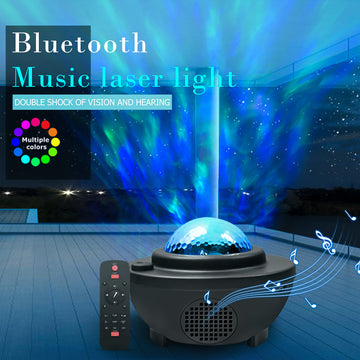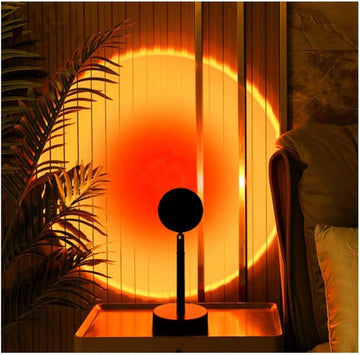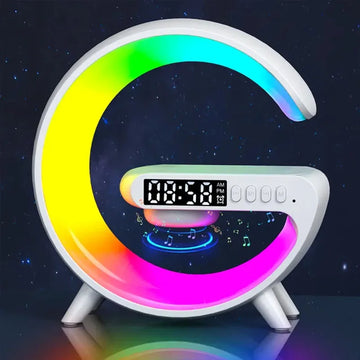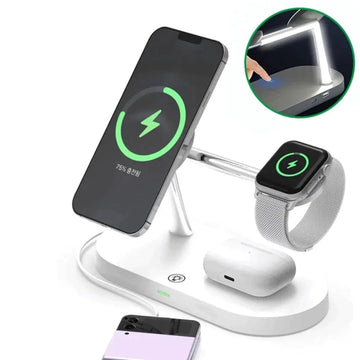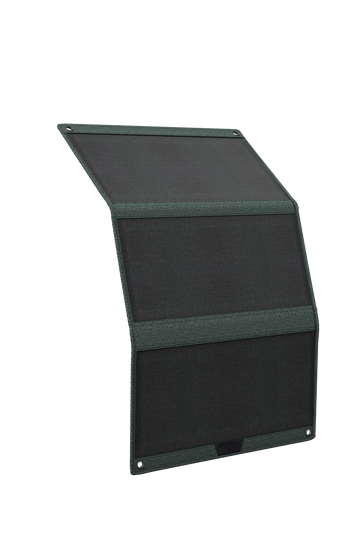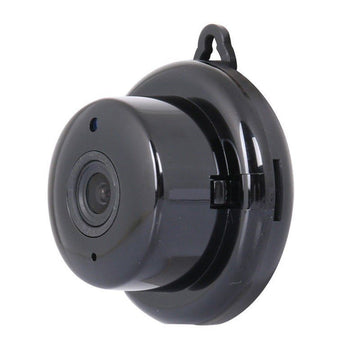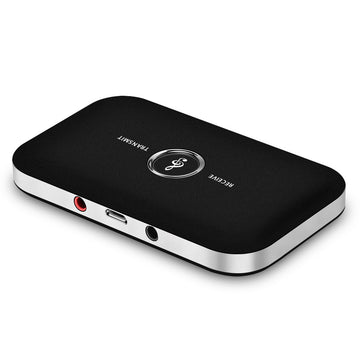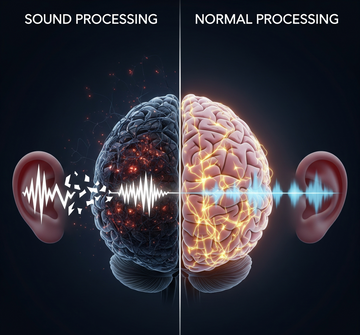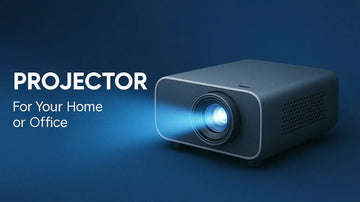You trust them completely. They are your gateway to conversations, to the music that shapes your moods, and to the subtle warnings of the world around you. But what if I told you that your ears are lying to you every single day?
This isn't a riddle. It's a fundamental truth about how we experience reality. Hearing is not a one-step process. Your ears are simply the microphones—the initial collectors of data. The real magic, the heavy lifting, happens in your brain. Your brain is the supercomputer that takes raw sound waves and translates them into emotion, meaning, and a three-dimensional map of your surroundings.
And like any computer, its output is only as good as the input it receives.
This is where the lie begins. For decades, we’ve accepted a compromise in the quality of that input. We’ve squeezed our music into smaller files, streamed movies with compressed audio, and used earbuds that can only reproduce a fraction of the original sound. We’ve been feeding our brains a blurry, pixelated version of our auditory world.
Think of it like reading a book with smudged ink and missing letters. You can still understand the story, but your brain has to work overtime, guessing at the missing information, filling in the gaps, and straining to make sense of the mess. You might not consciously notice this effort, but it’s there, humming in the background—a low-level cognitive tax on your mind. This is the fatigue you feel after a long call on a fuzzy connection or the strange flatness of a movie watched with cheap headphones. Your brain is tired of guessing.
Now, imagine the opposite. Imagine handing your brain a perfect, pristine blueprint.
This is the promise of high-fidelity technology. The term “high-fidelity” isn’t just marketing jargon; it’s a mission statement. It means faithfulness. Faithfulness to the original artist in the recording studio, to the sound designer placing a footstep perfectly in a cinematic scene, to the simple, unadulterated warmth of a human voice.
When you listen to a truly lossless audio track through a precisely engineered pair of headphones or speakers, you are bypassing the lie. You are giving your brain the complete, untarnished data stream. The result is not just that the music sounds "better"—it’s that your brain works less.
Freed from the burden of filling in the gaps, your mind can finally appreciate the full picture. It’s the difference between seeing a charcoal sketch of a landscape and being transported there. Suddenly, you don’t just hear the guitar; you hear the subtle slide of the musician's fingers on the frets. You don’t just hear the singer’s voice; you perceive the tiny intake of breath before a powerful note. In a movie, you don't just hear an explosion; you feel the shockwave ripple from left to right. This is the truth.
This principle extends far beyond the world of the audiophile. It's in the crystal clarity of a microphone that makes a video call feel like an in-person conversation. It's in the immersive soundscape of a gaming headset that gives you the spatial awareness to react a split-second faster. It's in the smart speaker that can distinguish your voice from the ambient noise of the room with uncanny accuracy.
The most advanced electronics aren’t about excess. They are about elegance and efficiency. They are designed to remove the friction between you and your digital world, to reduce the hidden workload on your senses. They understand that the ultimate processor is not made of silicon, but the one between your ears.
So, the next time you put on a pair of headphones or turn on your speakers, ask yourself a simple question: Are you getting the compromise, or are you getting the truth? Your brain already knows the answer. It’s just waiting for the right technology to tell it.

